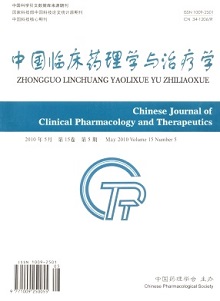How to make data and safety monitoring plans in clinical trials
LU Fang, GAO Rui, TANG Xu-dong, WENG Wei-liang, ZI Ming-jie, LI Rui, LI Bo
2010, 15(5):
584-587.
 Asbtract
(
565 )
Asbtract
(
565 )
 PDF (163KB)
(
821
)
References |
Related Articles |
Metrics
PDF (163KB)
(
821
)
References |
Related Articles |
Metrics
The purpose of data and safety monitoring is to ensure the safety of subject and the validity, integrity and accuracy of the data in clinical trials. Data and safety monitoring plans (DSMP), approved by Institutional Review Board (IRB), is indispensable in clinical trials. DSMP consists of protocol outline, trial management, data management and analysis, quality assurance, regulations, safety, efficacy, DSMP execution, data and safety monitoring board plan (If desired). The following aspects should be taken into account when making data and safety monitoring plans: e.g. study risk, study phase, trial design, disease/syndrome of the study, study population, study intervention, endpoints/outcome variables, et al. The monitoring degree depends on the risks, size and complexity of the trials.


